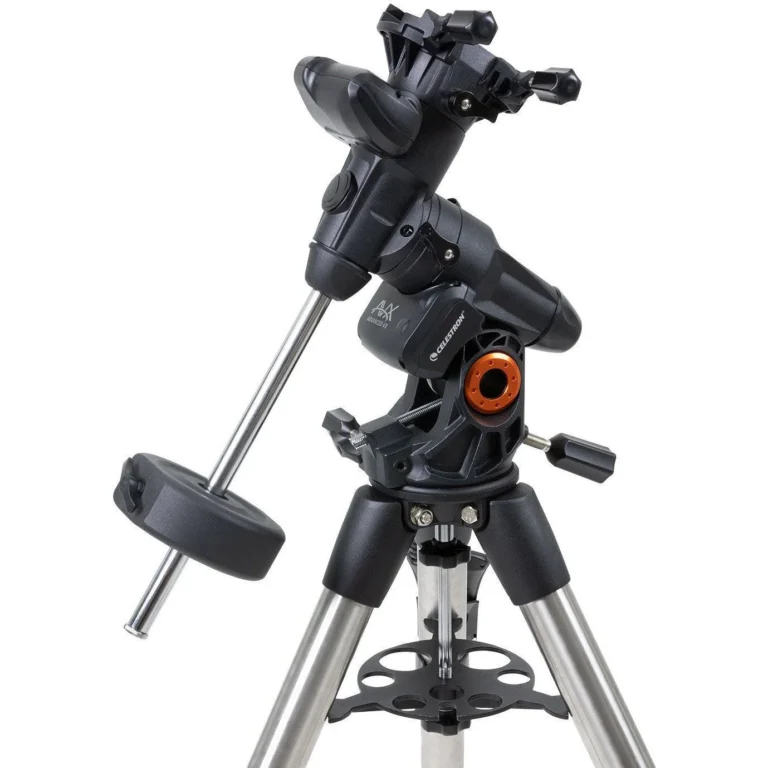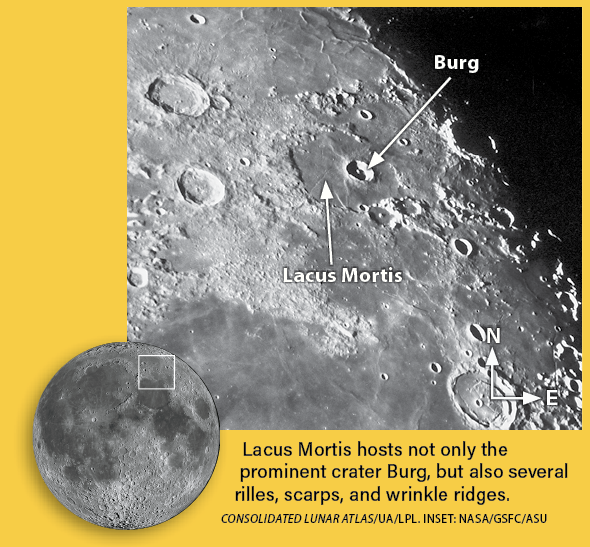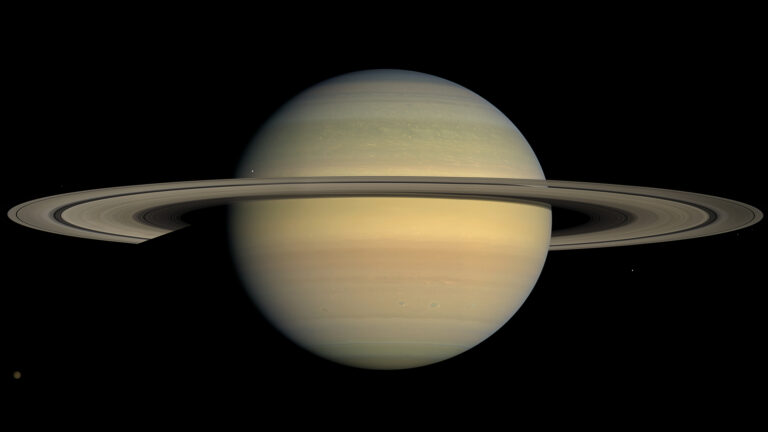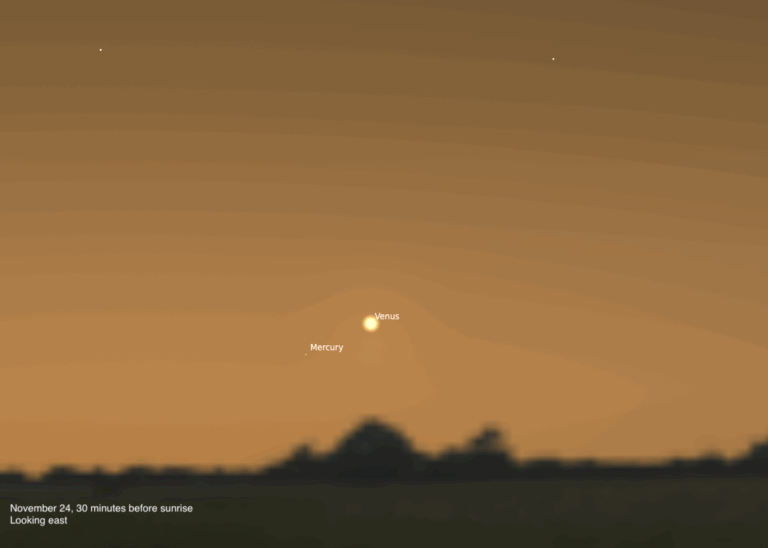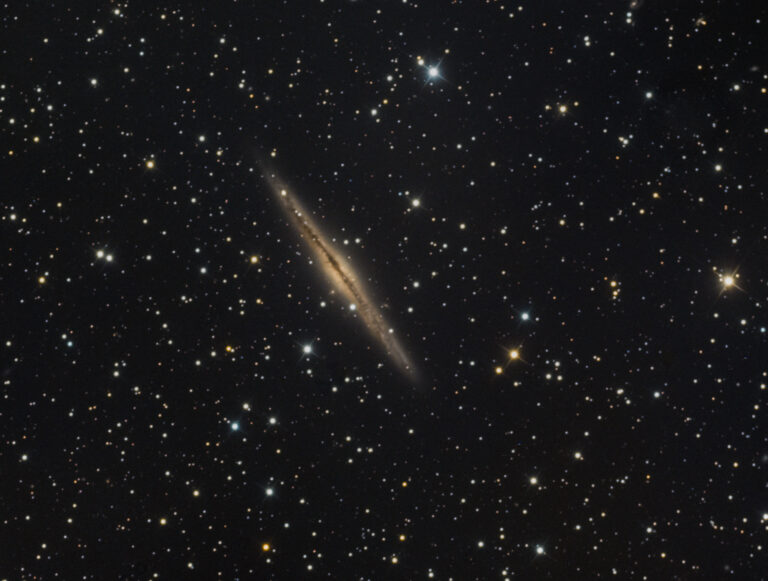
Key Takeaways:
- On November 25, Jupiter will be observable approximately 10° above the eastern horizon by 9 P.M. local time, positioned 7° south of Pollux and visible near Gemini's twin stars, Castor and Pollux.
- Telescopic views of Jupiter will reveal a 44-arcsecond disk showcasing alternating dark and light cloud belts, with the Great Red Spot reaching a central position on the disk around 1 A.M. EST on November 27.
- Jupiter’s four Galilean moons—Io, Europa, Ganymede, and Callisto—will be aligned west of the planet, with Io entering Jupiter's shadow and disappearing around 1:15 A.M. EST on November 27, and reappearing at the eastern limb around 4:30 A.M. EST on the same date.
- Astronomical data for the specified date and location includes a 39% waxing crescent Moon phase, with sunrise at 6:58 A.M., sunset at 4:37 P.M., moonrise at 12:00 P.M., and moonset at 10:17 P.M.
Looking for a sky event this week? Check out our full Sky This Week column.
November 25: Revisit Lacus Mortis
Jupiter passes 7° south of Pollux at 2 A.M. EST. By 9 P.M. local time this evening, the giant planet stands about 10° above the eastern horizon, visible to the lower right of Gemini’s twin stars, Castor and Pollux. Of those stars, Castor is higher and appears slightly bluer, while Pollux has more of an orange-yellow hue and hangs below it.
Through a telescope, Jupiter’s disk stretches 44” wide, offering visible details including alternating dark and light belts of clouds. Later tonight, the Great Red Spot will rotate onto the disk, reaching roughly midway across around 1 A.M. EST on the 27th (late on the 26th for the western half of the U.S.).
Jupiter’s four Galilean moons are stretched out in a line, all west of the planet. Closest is Io, followed by Europa, Ganymede, and Callisto. As the hours pass, Io approaches Jupiter’s western edge, winking out of visibility around 1:15 A.M. EST (again, early on the 27th for the Eastern and Central time zones). At this time, the moon is still some 20” from the planet’s limb, but disappears because it has passed into Jupiter’s long, dark shadow, which stretches far to the west. Unseen, Io passes behind the planet’s disk proper about an hour later.
If you continue observing into the early-morning hours of Thursday, you can watch Io reappear at Jupiter’s eastern limb around 4:30 A.M. EST on the 27th.
Sunrise: 6:58 A.M.
Sunset: 4:37 P.M.
Moonrise: 12:00 P.M.
Moonset: 10:17 P.M.
Moon Phase: Waxing crescent (39%)
*Times for sunrise, sunset, moonrise, and moonset are given in local time from 40° N 90° W. The Moon’s illumination is given at 10 P.M. local time from the same location.

